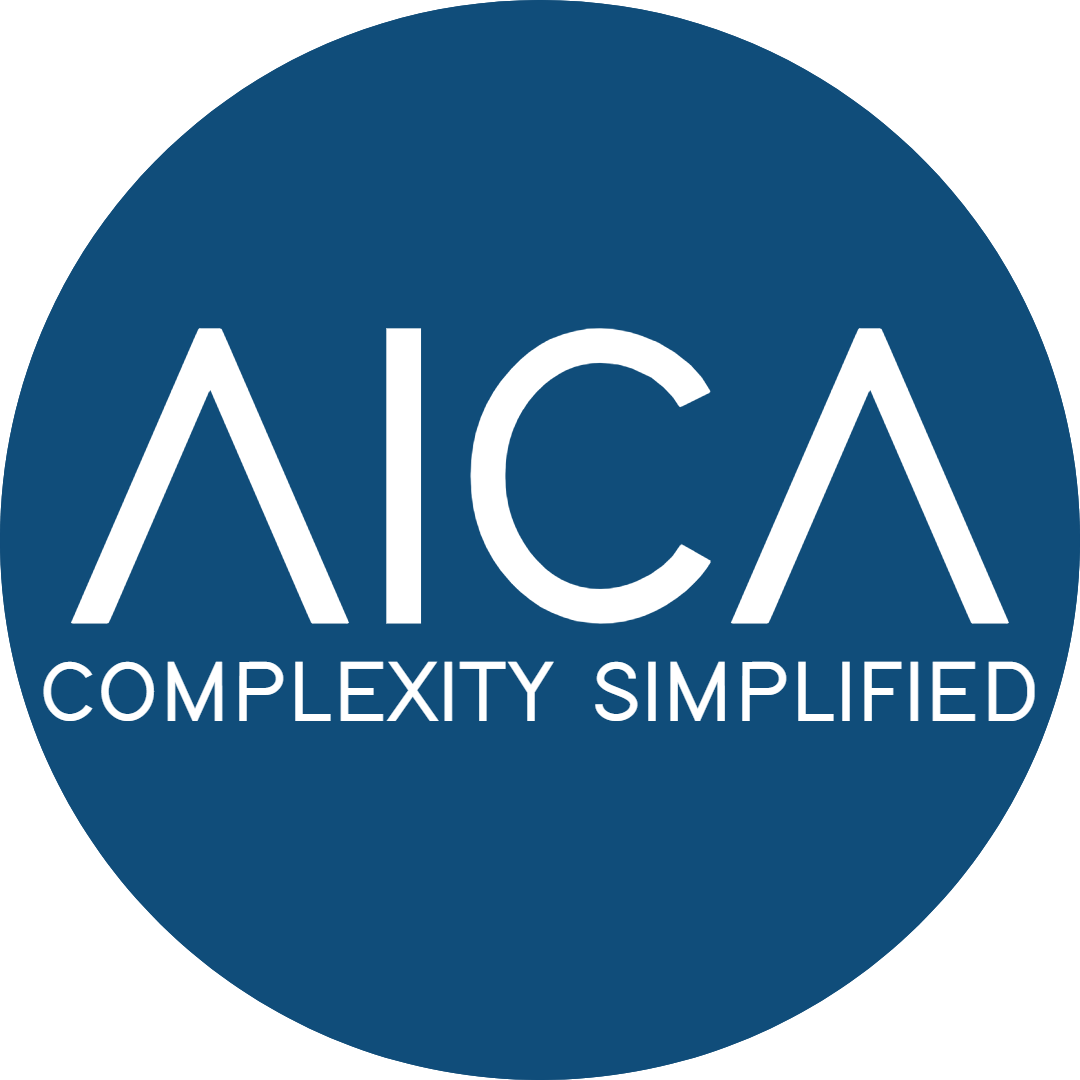Every organisation managing thousands, or even millions, of product and service records faces one persistent challenge: duplicate data. Whether it’s within ERP, MDM, or procurement systems, duplicate items distort inventory visibility, inflate costs, and erode confidence in reporting.
One of the most effective yet underutilised tools for solving this problem is the United Nations Standard Products and Services Code (UNSPSC). Beyond spend analysis and supplier alignment, UNSPSC plays a crucial role in detecting and preventing duplicate records across product and service catalogs.
Why Duplicates Happen in the First Place
Duplicate data often originates from:
- Multiple legacy systems merging during ERP migrations
- Free-text data entry across sites and departments
- Inconsistent naming conventions from suppliers
- Lack of data governance or validation rules
Each of these factors results in the same item being described in several ways:
“Valve, Ball, SS 2in”
“Ball Valve, 2-inch Stainless Steel”
“2IN BALL VALVE SS”
To a human reader, these descriptions refer to the same product. But to an ERP system, they’re separate records—creating duplicates that affect sourcing, inventory management, and maintenance.
How UNSPSC Classification Solves the Duplication Problem
UNSPSC provides a universal taxonomy for describing products and services, ensuring that similar items are grouped under consistent categories. When implemented properly, it does more than create order—it reveals hidden duplication in your dataset.
1. Standardised Hierarchy
By mapping items to a four-level UNSPSC hierarchy (Segment → Family → Class → Commodity), identical or near-identical products fall under the same classification code. This makes it easy to spot duplicates that might have different names but the same functional identity.
2. Attribute Alignment
UNSPSC encourages enrichment with detailed attributes such as dimensions, materials, and manufacturer. When these fields are filled consistently, duplicate detection becomes faster and more accurate.
3. Data Normalisation
Once classified, product descriptions can be standardised according to taxonomy rules. This creates uniform naming conventions across systems and suppliers, reducing future duplicate creation.
4. Duplicate Detection via Code Comparison
By comparing UNSPSC codes across datasets, organisations can instantly identify redundant entries. For example, if multiple records share the same Commodity code but differ only in free text, it’s a strong indicator of duplication.
The ROI of Duplicate-Free Data
Eliminating duplicates creates measurable business benefits:
- Reduced Inventory Costs: Avoid overstocking due to duplicate records.
- Improved Procurement Efficiency: Prevent duplicate RFQs for the same item.
- Faster Maintenance: Technicians can locate and source the right part quickly.
- Accurate Spend Analysis: True category-level spend visibility enables better supplier negotiation.
In industries like oil & gas, mining, and manufacturing, these improvements translate directly to millions in savings and reduced downtime.
How AICA Supports This Process
At AICA, we help organisations implement UNSPSC classification not just for compliance—but for data reliability and duplicate detection.
Our Agentic AI platform delivers:
- Automated UNSPSC mapping with >90% accuracy
- Intelligent duplicate detection through pattern and attribute analysis
- Enrichment with key technical attributes and manufacturer data
- Integration into ERP, EAM, and procurement systems for ongoing governance
By combining automation with human QA, AICA ensures that organisations maintain a single, trusted version of product and service data across all systems.
Conclusion
Duplicate product data is one of the most expensive and preventable problems in enterprise operations.
By leveraging UNSPSC classification, organisations can move beyond manual cleanup to a structured, intelligent approach that continuously prevents duplication at the source.
Clean, standardised, and classified data isn’t just a quality goal—it’s the foundation of efficiency, compliance, and cost control.
Visit our website to learn how AICA helps enterprises implement UNSPSC classification and eliminate duplicates across their product and service data.
Copyright Reserved © AICA Data International Ltd 2025

